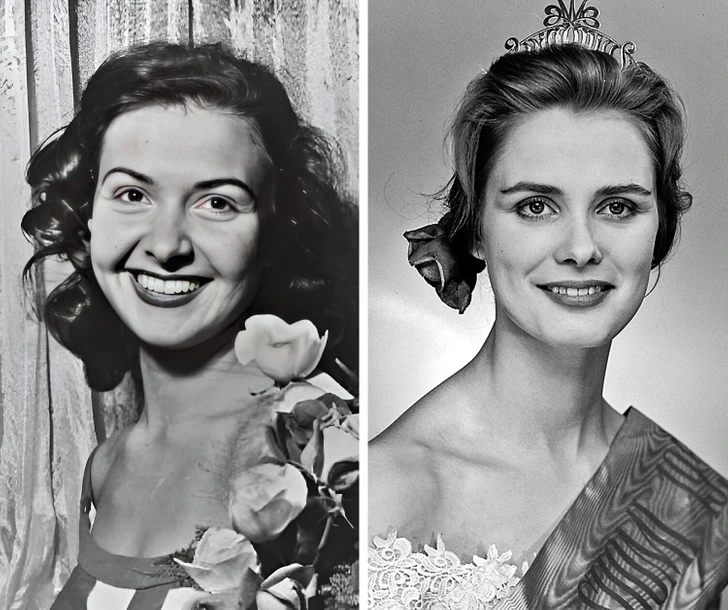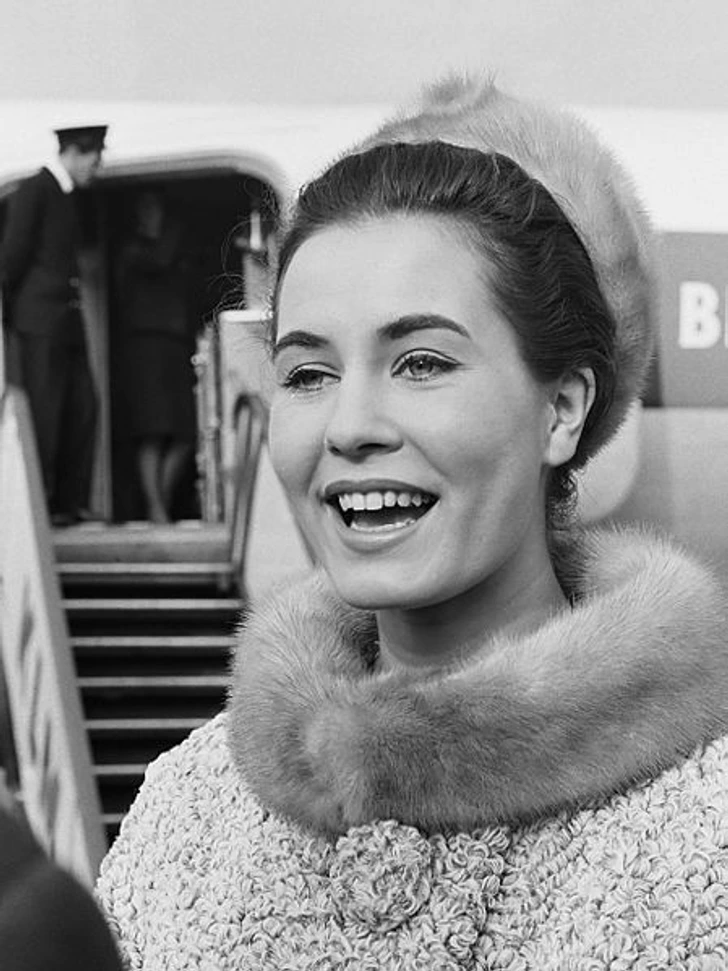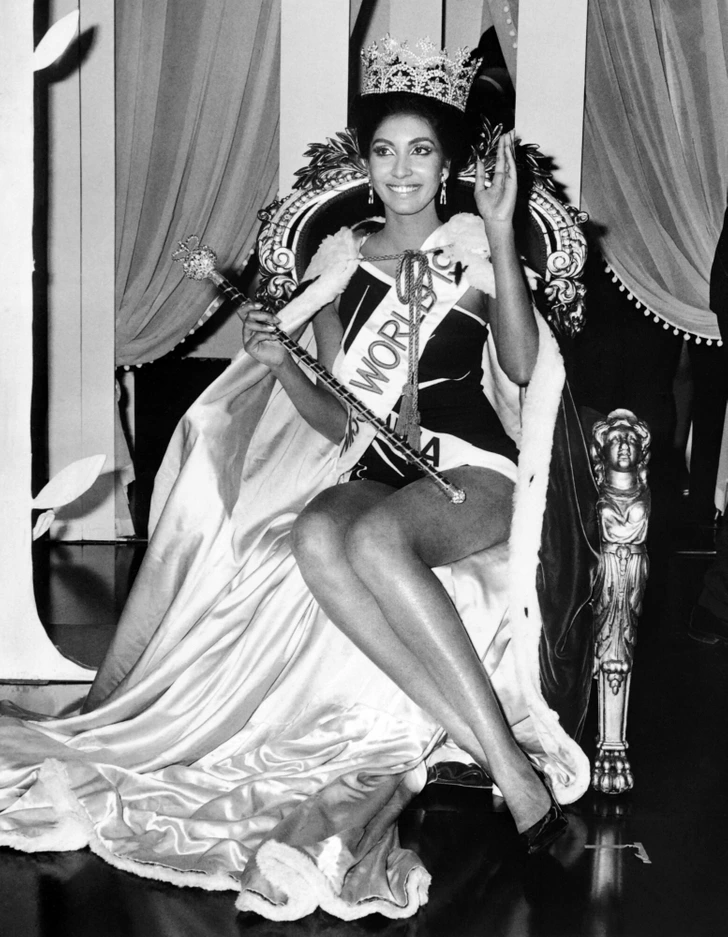On May 31, 2025, the Miss World pageant marked its 72nd edition with a truly historic moment—Suchata Chuangsri from Thailand was crowned the winner. This was a groundbreaking victory, as it was the first time Thailand had ever won the title in the long-standing history of the competition. In honor of this significant milestone, let’s take a comprehensive look back at the evolution of the Miss World contest and how perceptions of beauty, as well as the criteria used by judges, have changed over the decades.

The origins of Miss World date back to the 1950s, and like many global cultural events, it began amidst controversy. In 1951, during the Festival of Britain, a beauty competition called the Festival Bikini Contest took place. The press quickly dubbed it “Miss World.” At the time, bikinis were widely seen as too provocative, and the contest stirred quite a bit of public backlash. Nevertheless, Swedish beauty Kiki Håkansson won that year and made history as the only Miss World to be crowned in a bikini. After that, contestants were required to wear one-piece swimsuits or formal evening gowns during the award ceremony, in an effort to tone down the public reaction.
Despite the scandal, the event’s founder, Eric Morley, was pleased with the media attention and decided to make the contest an annual affair. His eligibility criteria were clear: only single women between the ages of 17 and 27 without children could participate. The pageant started to gain traction, and by 1959, it was being broadcast by a major British TV channel, catapulting it to greater popularity. That year, Corine Rottschäfer from the Netherlands encountered a mishap just before the ceremony—her gown was damaged. Another contestant kindly lent her a dress, and in a twist of fate, Corine went on to win, while the helpful contestant placed third.
During the 1960s, Miss World evolved into one of the most-watched television programs. The prize money increased from £500 to £2,500, and the upper age limit for contestants was lowered to 25. In 1962, Katharina Lodders of the Netherlands was crowned and famously remarked, “I don’t think I’m the most beautiful girl in the world—I am the most beautiful girl here.” That statement reflected the pageant’s growing shift toward celebrating not just universal beauty, but also context-specific appeal. In 1964, British contestant Ann Sidney won the crown and went on to pursue a successful acting career. That year, a new rule was introduced—mothers of contestants were no longer allowed to accompany their daughters after an incident where a contestant’s mother disrupted the organizers’ operations.
The late 1960s witnessed continued expansion. In 1966, the contest extended invitations to over 70 countries, with 66 participating. In 1968, for the first time, a married woman was allowed to compete. However, this progressive move was short-lived. By the 1970s, the rules were tightened again, reinstating the restriction to single women only.

The 1970s brought further turbulence. Just a week before the 1970 pageant, feminist protestors in Britain criticized Miss World for objectifying women and pledged to disrupt the show. And they did—during the live event, protestors blew whistles and chanted from the audience. This disruption inspired the film “Misbehaviour” starring Keira Knightley. Despite the chaos, the pageant crowned Jennifer Hosten of Grenada as the winner, making her the first Black woman to hold the title.
In response to growing criticism, organizers sought to redefine the event’s message. In 1972, Eric Morley and his wife introduced the slogan “Beauty With a Purpose,” encouraging contestants to present charitable initiatives. This marked a shift from pure aesthetics to social responsibility.

By the 1980s, this new vision was further developed. Intelligence and personality became essential judging factors. Astrid Carolina Herrera of Venezuela won in 1984, representing this new emphasis on inner qualities. In 1986, to address criticism that judges were exclusively from Western countries, the preliminaries were held in Macau, allowing judges from Eastern nations to select contestants. That year, Giselle Laronde from Trinidad and Tobago won, making history as the first from her country to win the title. A year later, the age policy was relaxed slightly, allowing a 26-year-old to compete. This led to a later revision, raising the upper age limit back to 27.
The 1990s were a difficult period for Miss World. The contest saw a drop in popularity, and many major TV broadcasters ceased airing it. Nevertheless, Morley persisted, organizing the competition on a tighter budget. Notably, Aishwarya Rai of India won in 1994, becoming a global icon. Toward the end of the decade, organizers revamped the judging panel to include celebrities, athletes, editors, and fashion icons from around the world, adding diversity and appeal. In 1999, Yukta Mookhey from India was crowned Miss World.

The new millennium brought major changes. After Eric Morley passed away in 2000, his wife Julia Morley took the reins. She was vocal about wanting to modernize the competition. Julia criticized certain aspects of the show, particularly the swimsuit segment, which she believed was outdated and made contestants uncomfortable. “Not because I thought there was something wrong with swimsuits,” she said, “but because it’s awkward to be interviewed in a bikini while someone else is wearing a tuxedo.”
Under her leadership, the pageant continued to grow. In 2004, the Miss World competition reached a record high with 107 countries participating. This set a new standard for global inclusivity. Rosanna Davison from Ireland won in 2003, and Kaiane Aldorino of Gibraltar took the crown in 2009.
A major shift occurred in 2015 when Julia Morley eliminated the swimsuit segment altogether. The goal was to move away from physical objectification and place more emphasis on intelligence, purpose, and speaking ability. Julia famously stated, “We are really not looking at her bottom. We are really listening to her speak.”

In 2013, Megan Young from the Philippines became the first Filipina to win Miss World. The contest was held in Bali, marking the first time it took place in Southeast Asia. In 2017, India’s Manushi Chhillar captured the crown, solidifying India’s presence as a pageant powerhouse.
Entering the 2020s, the contest faced new challenges. The 2021 winner, Karolina Bielawska of Poland, was selected during a scaled-back edition due to ongoing global conditions. In 2022, the number of participating countries dropped to just 97, the lowest since 2003. Yet, the show continued. In 2024, Krystyna Pyszková of the Czech Republic was crowned, followed by Thailand’s historic win in 2025.

Suchata Chuangsri’s victory in 2025 is more than a crown—it symbolizes the ongoing evolution of the pageant and the shifting global standards of beauty, identity, and purpose. As societal expectations continue to change, pageants like Miss World must adapt. Miss Universe, for example, removed the upper age limit in 2023. Julia Morley has expressed that future contests may continue to focus even more on personality and purpose rather than appearance alone.
With these changes underway, it’s safe to say that Miss World is entering a new era—one where beauty is redefined not just by looks, but by voice, purpose, and authenticity.





